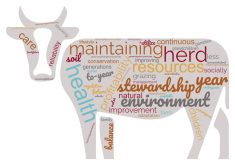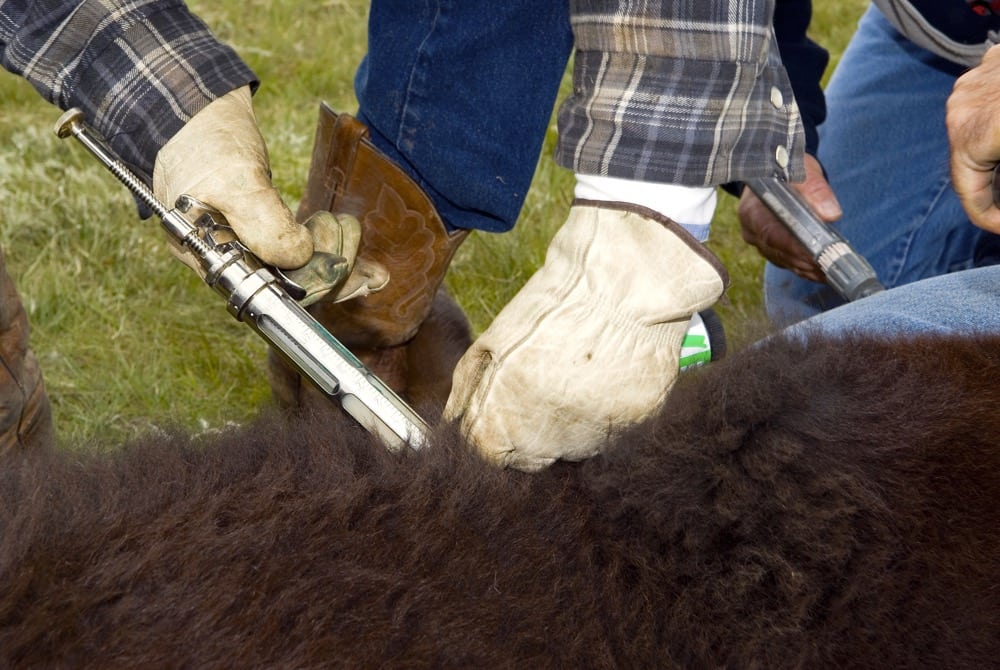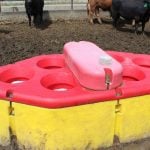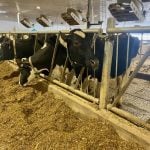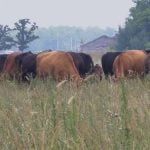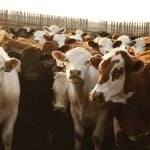As we look ahead to 2015 I imagine most of you are anticipating, or hoping, for a repeat of 2014.
We can’t always see what lies ahead, but in at least one small aspect I’m pretty confident that you are going to hear the word sustainability crop up in conversations a lot more in the coming year.
The sustainability movement picked up a full head of steam last month in Sao Paulo, Brazil when the Global Roundtable for Sustainable Beef (GRSB) released its master plan for establishing sustainable beef production around the world.
Read Also
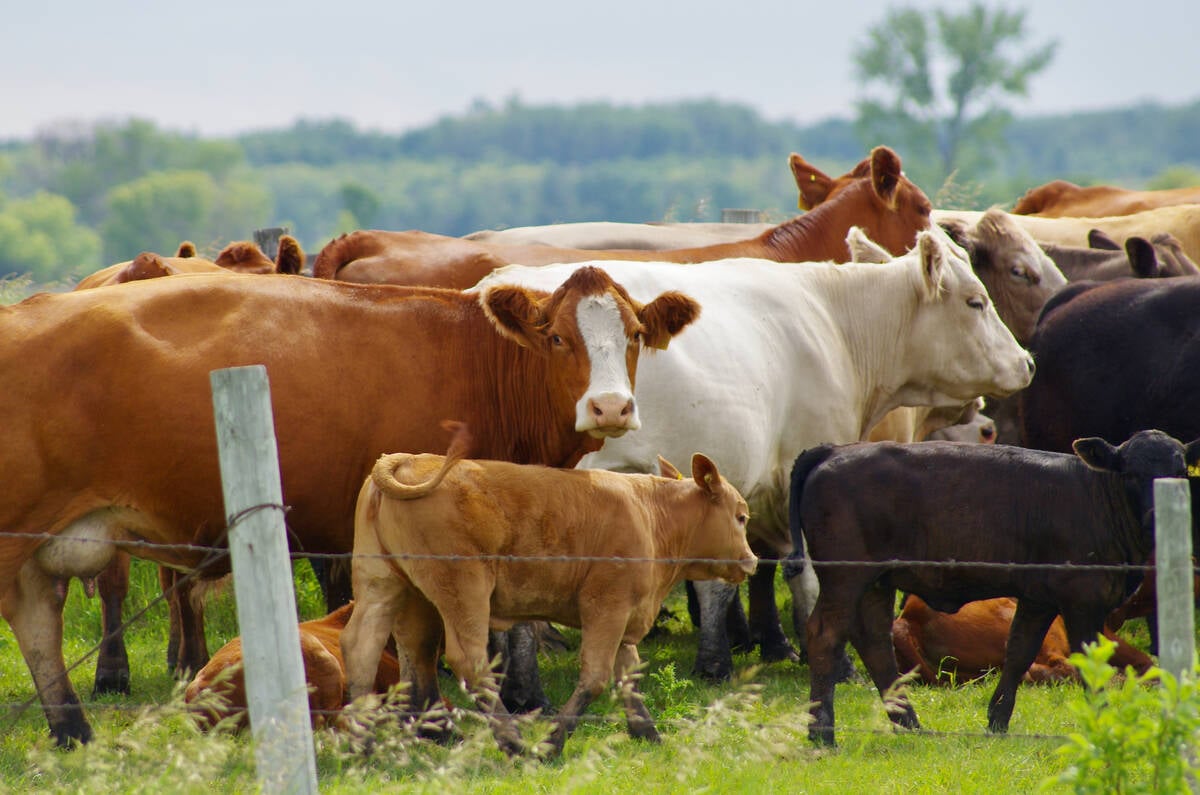
Preventing bovine viral diarrhea in cow herds
Canadian researchers have studied the effectiveness of BVD vaccination in cow herds.
The GRSB defines sustainable beef as a socially responsible, environmentally sound and economically viable product that prioritizes the planet, people, animals and progress. This is further refined into five core principles: natural resources, people and the community, animal health and well-being, food and efficiency and innovation.
Each principle is propped up by its own set of criteria that need to be fulfilled.
Natural resources criteria include environmental stewardship, ecological services, minimizing net greenhouse gas emissions, protecting native forests, grasslands and other ecosystems, biodiversity, water resources, air quality, soil health and sustainable feed production.
People and community criteria emphasize the need to respect culture, heritage, people’s way of life, human rights, property rights and laws of the land and create fair and safe workplaces.
Animal health and welfare criteria set expectations for the treatment of cattle throughout the value chain. General areas include nutrition, disease control and treatment, responsible drug and vaccine use, appropriate housing, minimizing stress and transport guidelines.
Food criteria address food safety and beef quality from the perspective that improvements and indicators need to be science based, practical and have an impact. Documentation and validation of production/process practices and management systems, sharing information and reducing food waste throughout the chain also fall under this principle.
The efficiency and innovation criteria speak to continuous improvement by adopting technology and leading practices that will help the beef industry adapt to challenges and seize opportunities. It encompasses education, partnerships and sharing knowledge, to selecting and managing cattle to match the environment and available resources, efficient use of water, land and energy while reducing waste, responsible use of production inputs to maximizing carcass value.
It’s now up to national and regional roundtables to apply the GRSB blueprint at the local level. This process involves defining what needs to be measured to achieve sustainable beef criteria in a given country and how to verify the outcomes to qualify for a sustainable beef designation across a value chain.
In Canada, that task falls to the Canadian Roundtable for Sustainable Beef (CRSB). The current membership includes provincial and national beef industry associations, dairy and barley producer groups, conservation organizations, and businesses representing the packing, retail, food-service, animal health, and financial sectors.
Some of the pieces are already in place such as the Verified Beef Production program, the Beef InfoXChange System (BIXS), and environmental farm plans but the CRSB will be spending a good part of 2015 developing other sustainability indicators, according to Fawn Jackson, the Canadian Cattlemen’s Association manager of environment and sustainability. She is the CCA’s representative on the global roundtable and involved in this process from the beginning to ensure that beef producers have a say in how sustainability is defined and the practicality of the recommended production practices that will be required to bring it about in Canada.
This is not a government program. It comes from the retail and processing sectors in response to what they see as a growing demand from consumers around the globe. With names like JBS, Cargill, Tyson, Walmart and Costco at the table looking for steady sources of verified sustainable beef, it doesn’t take a crystal ball to see that this will become a base requirement for the industry in the near future.
The CRSB is already working with McDonald’s Canada to develop indicators to source sustainable Canadian beef by 2016.
Currently the CRSB is looking for 80 cow-calf and feedlot producers across the country to complete a survey for a Canadian beef life cycle analysis to establish benchmarks and then a plan to put those benchmarks to work. The analysis part should be wrapped up by next summer.
So, when it comes to sustainable beef, the near future may be nearer than you think.




